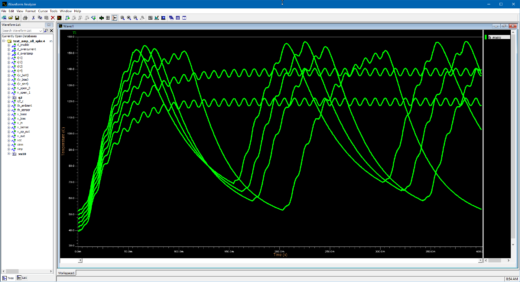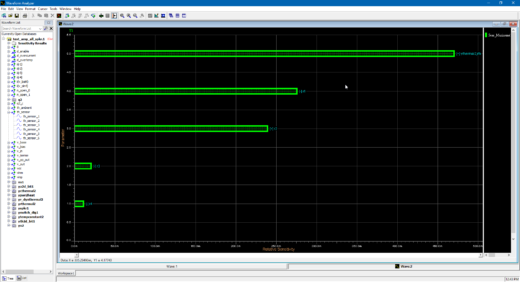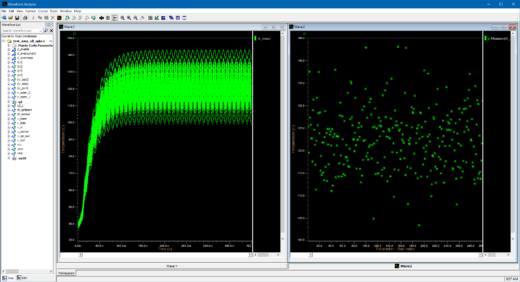So Many Simulation Options!
There are many reasons why you might want to run simulations on a circuit. For example, doing so can verify the behavior of the design to make sure it is operating as intended. It can also help identify optimal components and component values for the design. I demonstrated how to do that with an amplifier circuit in my recent webinar.
With the PADS AMS Design Suite, designers can create schematics and simulate PCB-ready designs using SPICE or VHDL-AMS models. To help ensure the performance and reliability of analog/mixed signal circuitry, engineers can use the suite to run many different types of simulations, including:
- Sweeps: This type of analysis allows a designer to see how a circuit behaves through a range of user-specified values for a particular component, such as a resistor, to help users identify the optimal component value to be used in the design.

- Sensitivity analysis: Use this type of analysis to determine which component values a circuit is most sensitive to, which component values matter most to the performance of the design, and to gain insight into the best way to make changes if any are needed.

- Monte Carlo: With this type of analysis, users can run hundreds of simulations, with each run varying component values within the component tolerances. This helps to make sure that, once manufactured, the circuit will work for variations in the component values within the component tolerances.

If you are interested in learning more about these types of analyses, check out my latest webinar, “Ensure PCB Circuit Performance with Analog Mixed Signal Simulation.” In the demo portion, I start with a schematic that has already been created and evaluate a circuit’s performance using the waveform and analysis tools in PADS AMS. In doing so, I use different analysis options to determine component values that will improve design quality and optimize the circuit.


